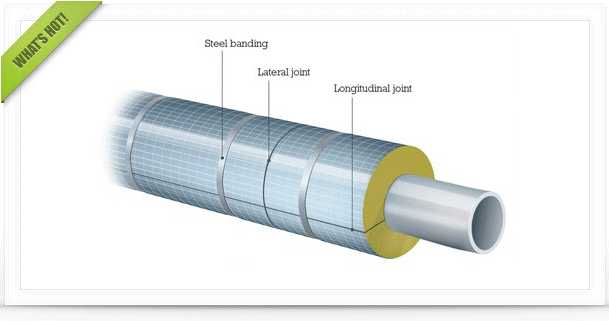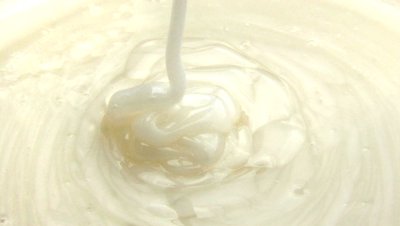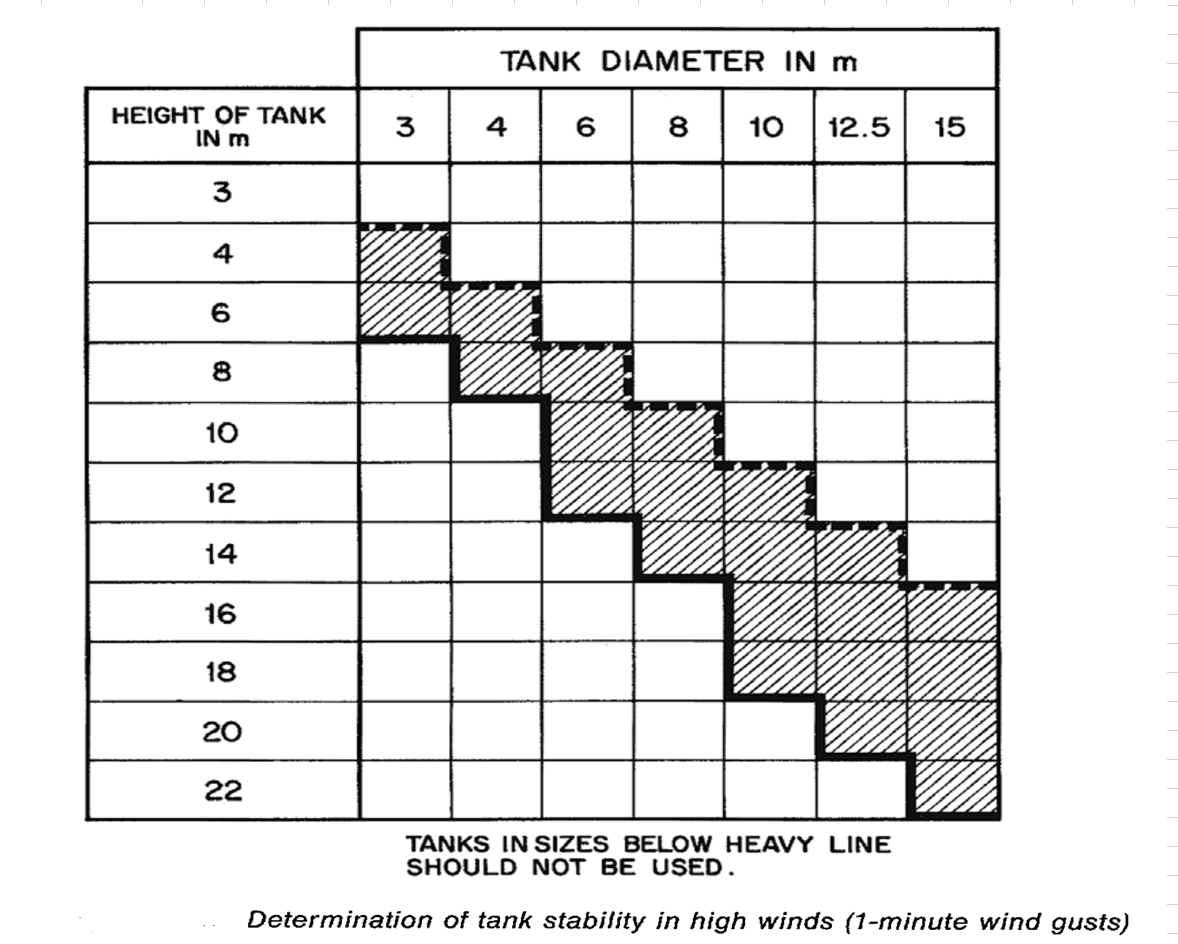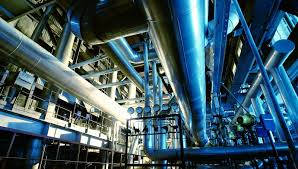|
|
Phenol Removal From Wastewater
#1

Posted 08 March 2009 - 07:01 PM
I'm looking for some help here. Currently I have a project where my batch process produces 10m^3 of waste water for every batch. Temperature is 30C and concentration of phenol in my waste water is 20g/l. I am required to reduce this concentration of phenol by at least 90%. The plant produces 600 batches in a year. Basically I'm supposed to suggest 4 methods of achieving this and choosing the best one as a recommendation.
I've googled this and looked at some books as well, however most of them give very general information. Eventually I will need to do extractor sizing, costs, efficiency etc etc and so I will need quite a lot of specific information. Do you have any idea as to which processes I should look at and if information such as costs are easily obtained for the recommended processes?
The few that I have on my list are Membrane Aromatic Recovery System (MARS), using supercritical CO2 and electrochemical oxidation. Any help is very much appreciated!
#2

Posted 08 March 2009 - 09:20 PM
1: UV light degradation (cheapest??)
2: Filtering with activated carbon
#3

Posted 08 March 2009 - 10:14 PM
I'm thinking FENTON reaction to eliminate the phenol ( H2O2 + FeSO4 s catalyst) .
Breizh
#4

Posted 09 March 2009 - 07:32 AM
1: UV light degradation (cheapest??)
2: Filtering with activated carbon
Dear Austro,
Thank you for your reply. I'll definitely look at filtering with activated carbon more and hopefully it'll be a feasible option. As for UV light degradation, it may be possible but do you think the process will be too slow to be implemented on an industrial scale? (keeping in mind we will need 90% removal)
#5

Posted 09 March 2009 - 10:18 AM
Chemical treatment (Fenton, ...), I like more.
Supercritical oxidation will call for expensive equipment, and your overall flow rate is not that large.
Liquid liquid extraction, technically, would work for 90% removal. However, for a batch process it's not my favored.
#6

Posted 09 March 2009 - 12:40 PM
Thanks for all your suggestions. I'm now looking at the Fenton Reaction because a few of you suggested this method and I've done some research regarding this reaction. The problem that I now face is in deciding 2 things:
1) What should the proportion of H202 and FeSO4 be compared to the amount of phenol in my waste water? There does not seem to be any guide as to how I should calculate a value for this and most of the studies that have been done into this reaction obtained it through experimenting.
2) Should the catalyst be added into the waste water directly to carry out the reaction and then be precipitated out at the next stage? (The current limit of iron in water discharge I have found is 1mg/l) Or can we embed the iron in some kind of zeolite or polymer such that we do not need to carry out any precipitation in the next stage?
Thanks so much!
#7

Posted 10 March 2009 - 03:15 AM
but do explore dilute KMnO4(potassium per Manganate) solution use;
if this is easily/economically viable and proves chemically useful!
#8

Posted 10 March 2009 - 10:12 AM
Thanks for all your suggestions. I'm now looking at the Fenton Reaction because a few of you suggested this method and I've done some research regarding this reaction. The problem that I now face is in deciding 2 things:
1) What should the proportion of H202 and FeSO4 be compared to the amount of phenol in my waste water?
2) Should the catalyst be added into the waste water directly to carry out the reaction and then be precipitated out at the next stage? (The current limit of iron in water discharge I have found is 1mg/l) Or can we embed the iron in some kind of zeolite or polymer such that we do not need to carry out any precipitation in the next stage?
Thanks so much!
For question 1 an experiment will probably be necessary unless you have data for this particular reaction. But the first question is what is actually going to happen. It is likely that your target reaction will be to knock off phenol OH with a H+. However that will still leave you with circa 20g/l of CxHx. Also the OH addition may also occur. The point is what is going to happen and even after whatever that is happens you may still be left with organic pollutants and may require additional cleanup along with the need for iron removal.
For question 2: I cannot see how you could embed the Fe catalyst into a polymer/zeolite/silica in a useful. howevcer would catalyst pebbles work in the form of a bed reactor?
A number of other questions:
1. Have you considered a membrane operation such as Nanofiltration/reverse osmosis etc. The US EPA did a lot of work on removing phenol from waste water using pervaporation in the 90's with zenon. While ultimately it may not be economical it is worth considering.
2. Is it possible to remove it at an earlier stage? This is probably beyond your scope.
3. What about biological treatment? I would guess that this is the easiest as long as the phenol does not posion your bugs.
#9

Posted 10 March 2009 - 10:27 AM
Actually Phenol C5OH is less poisonous/objectionable/hazardous.
If Compared with C6H6 Benzene in all respects ;I believe.
Please correct if I am wrong.
#10

Posted 10 March 2009 - 01:16 PM
Just to give you guys a heads up regarding this topic in case you are interested. Did an analysis on the Fenton's Reaction and did some economic calculations.
Aldrich sells 50 wt% of Hydrogen Peroxide in water (4 litres) at £149.00
50 wt% amounts to 590.16g/l of hydrogen peroxide.
In Fenton's reaction, the norm is to use stoichiometric amounts of H202 which is 5 times that of phenol.
20g/l phenol = 0.2127 mol/l
Required H202 = 5*0.2127 = 1.064 mol/l = 36.17 g/l
Volume of H202 required per batch of waste water =(361.7/0.59016) = 612.89 litres
total yearly cost from H202 = (612.89/4)*£149*600 (batches in a year) = £13.7 million
£13.7 million just from H202 alone, it looks like this process is not going to be feasible. I think 20g/l of phenol is just way too high and I'll probably explore membrane separation to remove the phenol and then I can probably recycle this phenol into the process.
#11

Posted 10 March 2009 - 04:00 PM
#12

Posted 10 March 2009 - 04:15 PM
The costs are quite high but you should use
http://www.icisprici...s/SubPage52.asp
as scaling up lab costing is not going to be accurate. Buying phenol in bulk is much cheaper.
For membrane operation use the search "VOC separation membrane" which will give you separation s mainly involving removing volatile organics from waste water applications.
I still think that activated carbon as previously suggested and biological treatment are probably the most effective. While 20g/L is a lot in terms of environmental impact, it is still a low concentration. Chances are that any process you try will be expensive.
#13

Posted 11 March 2009 - 08:53 PM
breizh
#14

Posted 12 March 2009 - 07:06 AM
I'm looking for some help here. Currently I have a project where my batch process produces 10m^3 of waste water for every batch. Temperature is 30C and concentration of phenol in my waste water is 20g/l. I am required to reduce this concentration of phenol by at least 90%. The plant produces 600 batches in a year. Basically I'm supposed to suggest 4 methods of achieving this and choosing the best one as a recommendation.
I've googled this and looked at some books as well, however most of them give very general information. Eventually I will need to do extractor sizing, costs, efficiency etc etc and so I will need quite a lot of specific information. Do you have any idea as to which processes I should look at and if information such as costs are easily obtained for the recommended processes?
The few that I have on my list are Membrane Aromatic Recovery System (MARS), using supercritical CO2 and electrochemical oxidation. Any help is very much appreciated!
#15

Posted 12 March 2009 - 07:18 AM
Similar Topics
Moisture Removal From Blower AirStarted by Guest_Makarove_* , 12 Jul 2024 |
|

|
||
Co2 Removal Membranes Between Compressor StagesStarted by Guest_Sinclc_* , 26 Mar 2024 |
|

|
||
Carbon Filter Used In Hot Benfield Solution For Co2 Removal In AmmoniaStarted by Guest_Abhishek Taware_* , 14 Jul 2023 |
|

|
||
H2S Removal From BiogasStarted by Guest_Aliceat2000_* , 24 Jul 2022 |
|

|
||
Mercury Removal Unit - Aspen HysysStarted by Guest_JJquispedelgado_* , 21 Apr 2022 |
|

|

 FB
FB









